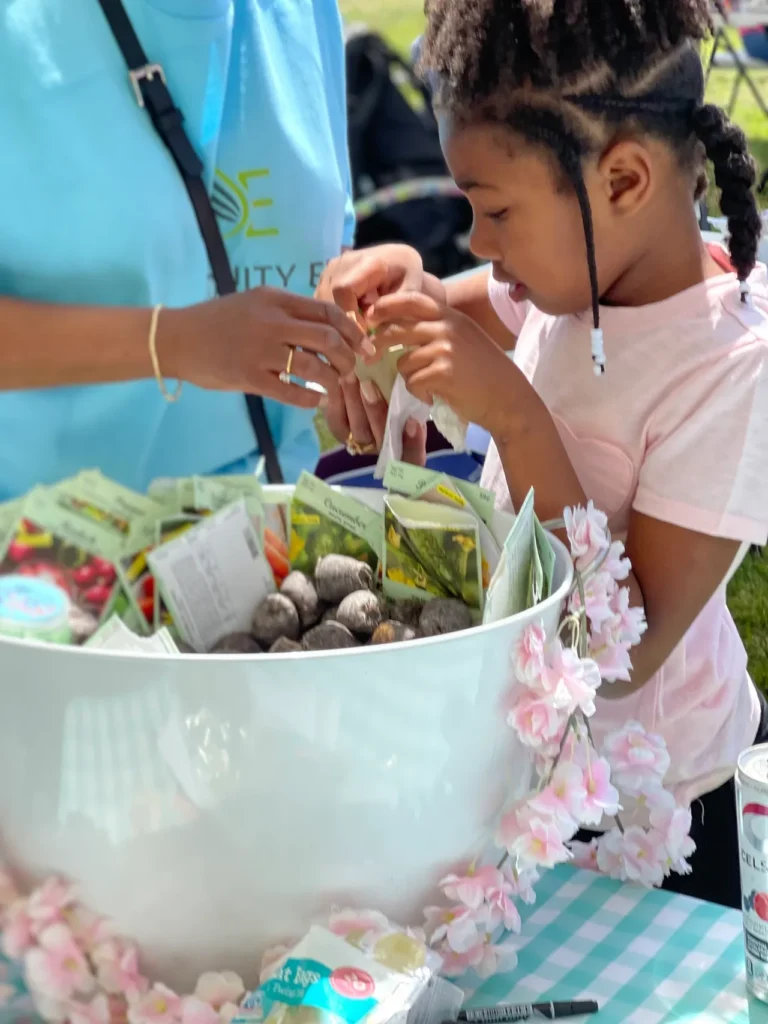Grow Happiness at Home: How Indoor Gardens Connect Communities of Color with Nature
By Dr. Veda Ramsay Stamps
More and more families today are living in small apartments or houses with limited outdoor space. This can make it difficult to connect with nature and teach children the value of caring for the environment. However, there is still a way to create a green thumb generation in your own home: indoor gardens. Not only are they low maintenance and space-saving, but they can also help children develop empathy, creativity, and a love for nature.
According to Bronfenbrenner’s ecological systems theory, a child’s growth is affected by various factors in their surroundings, like family, school, and community, which means it’s essential to create a nurturing and healthy environment for them. An indoor garden can do that and more by promoting healthy brain growth and physical and mental well-being. If your goal is to raise happier, more intelligent, and more compassionate children who value the environment, an indoor garden is definitely worth considering.
Indoor gardens in communities of color are a great way to connect children with nature and provide them with a sense of belonging. It is especially important because many children in these communities live in densely populated areas with few trees and green spaces. Research has shown that these areas tend to have poorer air quality, which can lead to respiratory problems. An indoor garden can help combat these issues, even in small spaces like apartments.
Creating and maintaining an indoor garden is a fun activity that children of all ages can enjoy. Even toddlers can participate by watering plants or sprinkling soil, just like the little boy in our Instagram video who proudly exclaimed “I did it“. Older children can select the plants they want to grow and research how to take care of them. It can even be a family project where everyone works together to create a beautiful oasis at their home.
Indoor gardens also have cultural significance and relevance to communities of color. Growing herbs, vegetables, and fruits that are culturally connected to your family’s heritage can help pass on traditional food knowledge and create a sense of pride in one’s culture. Culturally relevant plants can also be used in cooking and offer a way for families and communities to come together and celebrate their culture.
Cultivating a garden offers a chance for children to develop empathy and care for another living organism. They learn how to be patient, nurturing, and responsible. These skills can translate into their interactions with people as they learn how to be kind, compassionate and put their skills and knowledge to use. An indoor garden can also foster creativity as it offers an opportunity to design and decorate the space.
Indoor gardens are an innovative way to bring nature into our homes, regardless of the size or the type of environment we live in. For communities of color, it helps promote healthy brain growth, physical and mental well-being, cultural competence, and empathy. It offers diverse opportunities for family activities and creates a sense of belonging. As more people embrace indoor gardening, more children will connect with nature and become stewards of the environment. So, let’s plant the seeds of happiness and grow the green thumb generation, one pot at a time. Contact us if you want to learn more about creating your garden.

